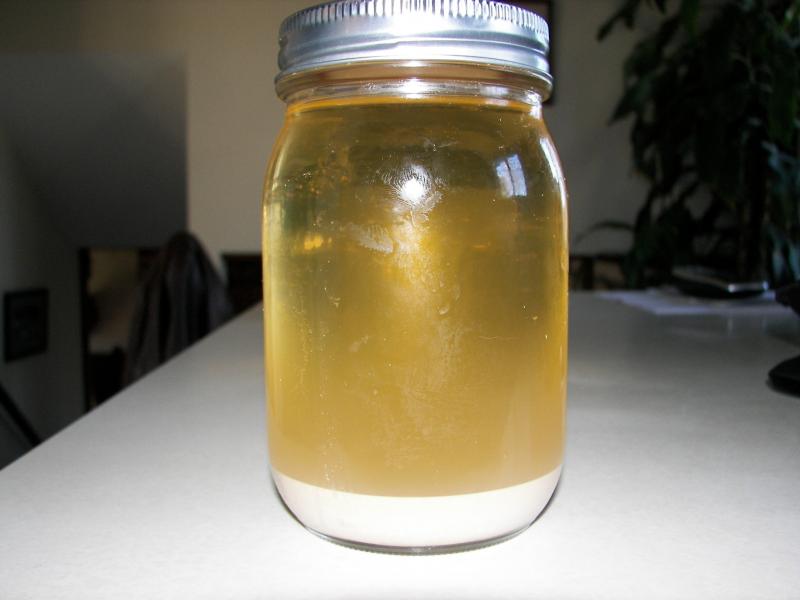Davst
Member
Hi, I just washed my yeast for the first time and the main difference I'm seeing compared to yourube videos and stuff is that i get some of the trub with me over to the storage.
I am carefull not to let the trub come there but the trub seems to be more easy flowing than the yeast and when pouring is kinda sets itself in a layer above the yeast and i get a small river of it following the yeast into the new container.
I do wash away alot of it thats left but some tends to run over hte yeast.
1. Any suggestions for how i can better transfer the yeast only?
2. Do you think that i need to wash the yeast again or is a small ammount of trub acceptable for storage?
I am carefull not to let the trub come there but the trub seems to be more easy flowing than the yeast and when pouring is kinda sets itself in a layer above the yeast and i get a small river of it following the yeast into the new container.
I do wash away alot of it thats left but some tends to run over hte yeast.
1. Any suggestions for how i can better transfer the yeast only?
2. Do you think that i need to wash the yeast again or is a small ammount of trub acceptable for storage?


 I mostly stopped washing b/c it wasn't worth the time/effort when I ended up w/ lots o' trub in my washed samples. This seems like the missing piece. Thanks, smalliewader!
I mostly stopped washing b/c it wasn't worth the time/effort when I ended up w/ lots o' trub in my washed samples. This seems like the missing piece. Thanks, smalliewader!


